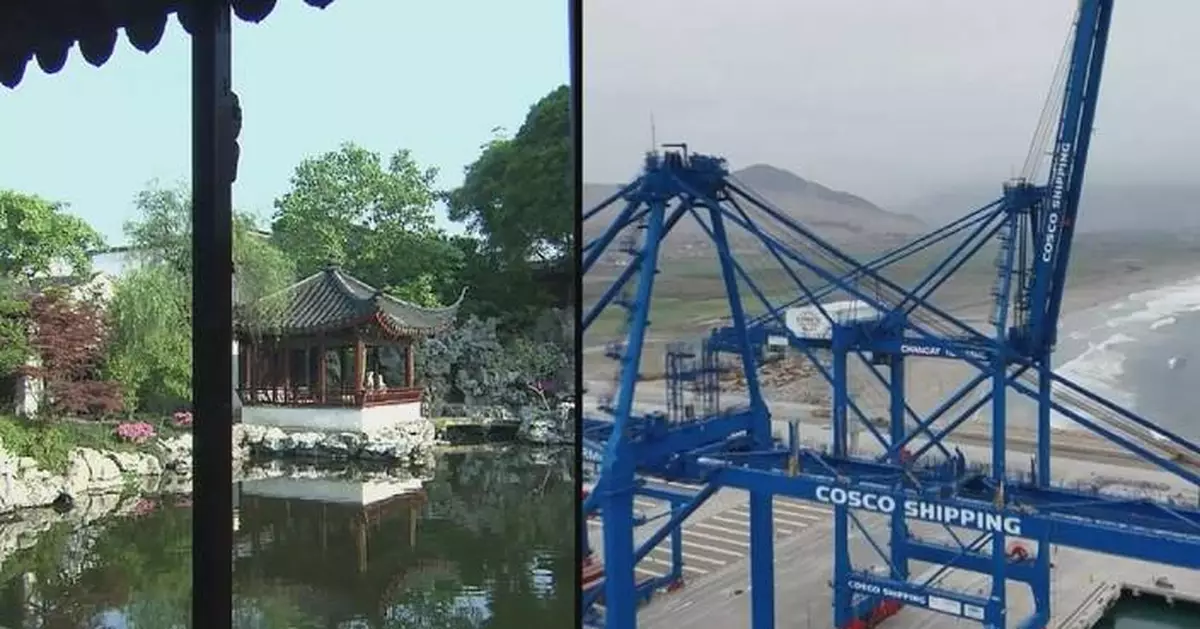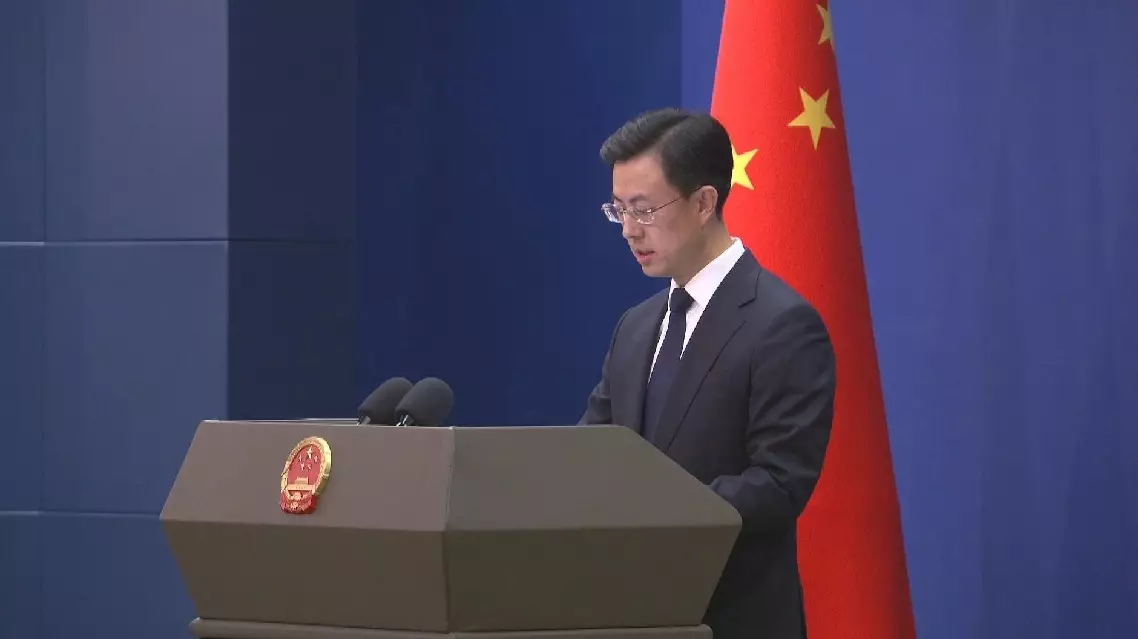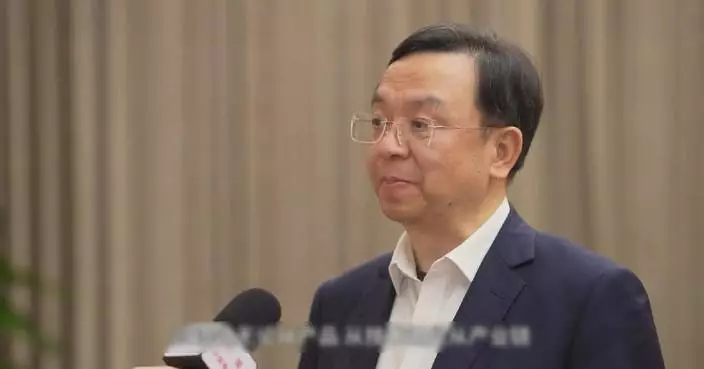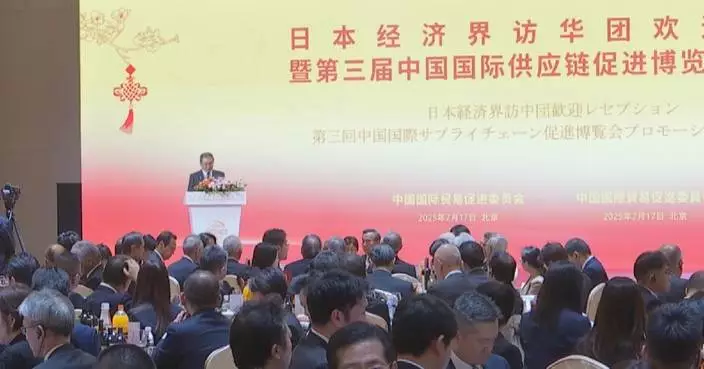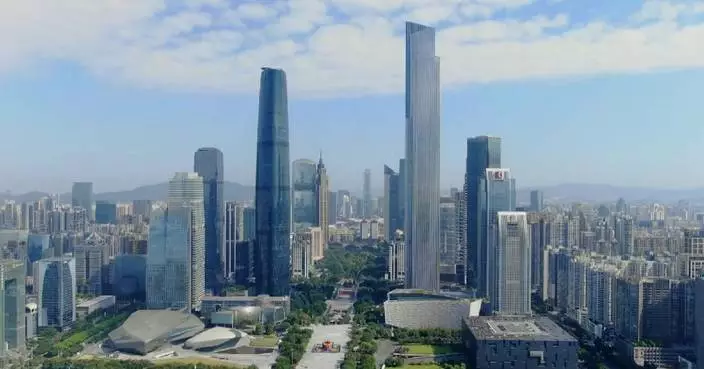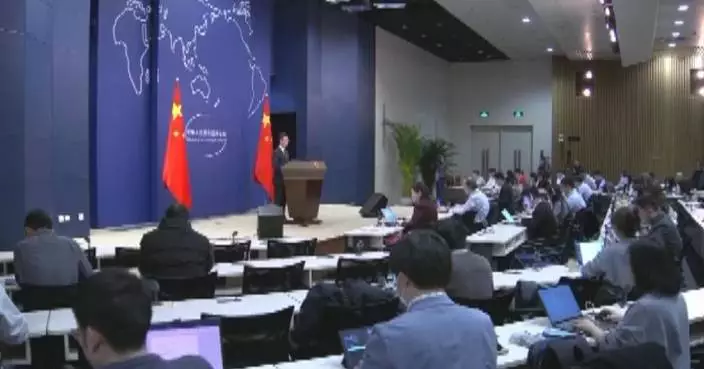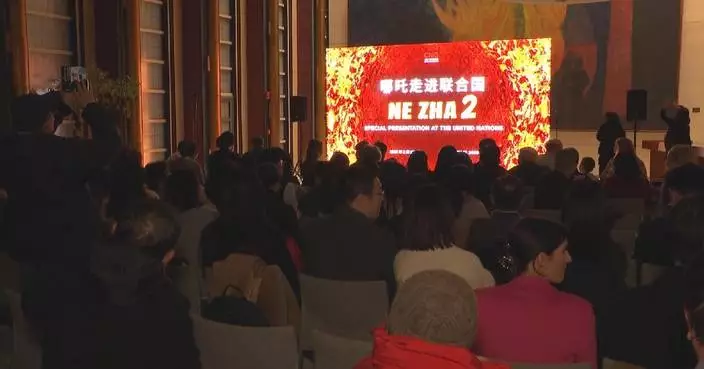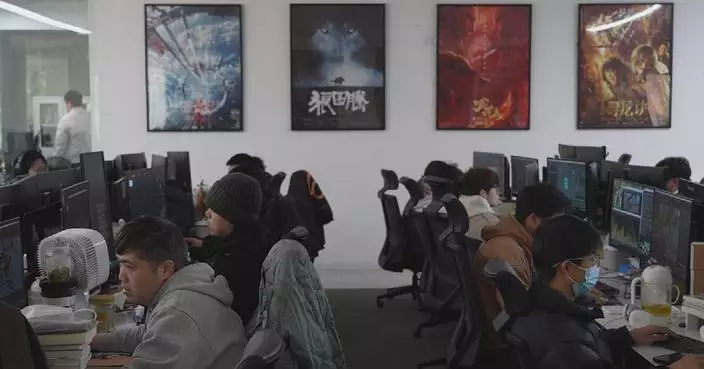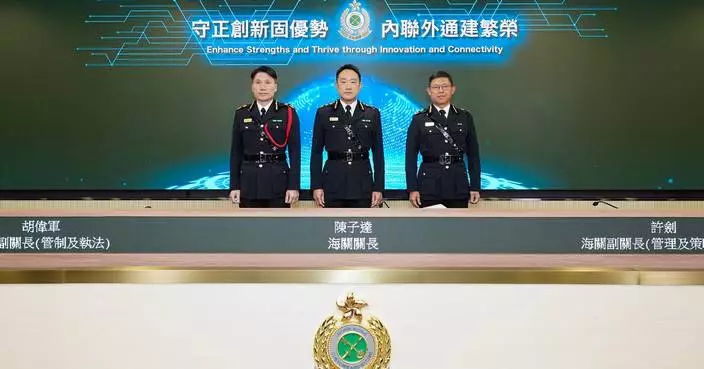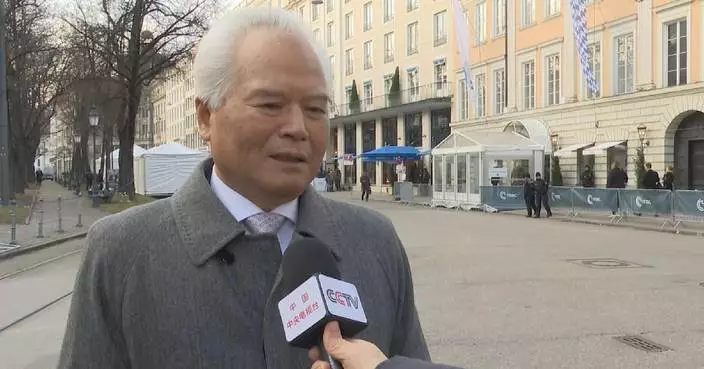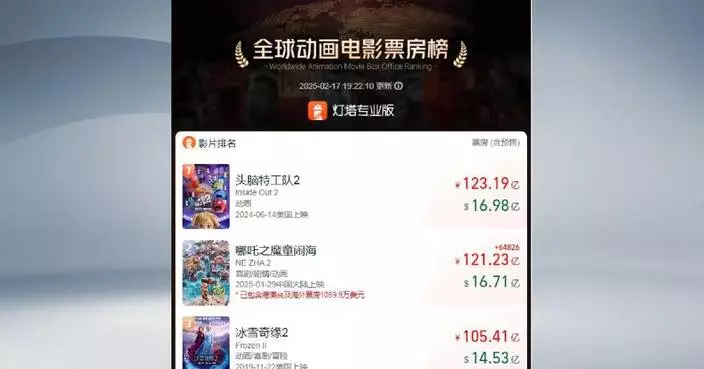East China's Suzhou and Peru's Chancay were formally linked as sister cities during Chinese President Xi Jinping's talks with Peruvian President Dina Boluarte in Lima on Thursday.
Known for its pavilions, towers, bridges and flowing water, Suzhou has been selected as the most attractive Chinese city in the eyes of foreign experts for 12 consecutive years. It has established sister city partnerships with 59 international cities, the latest Chancay, Peru, on the other side of the Pacific Ocean.
The Port of Chancay was officially opened by the heads of state of China and Peru on Thursday evening. Earlier in September, the first cargo ship was dispatched to the China-built Port of Chancay from the Taicang Port of Suzhou.
During China's Ming Dynasty (1368-1644), navigator and diplomat Zheng He (1371-1433) set sail from Taicang to carve out China's ancient maritime Silk Road. Today, this port remains crucial for trade, domestic and international. In September and October this year, two ships carrying more than 160 sets of port-related equipment set sail from Taicang Port to the Peruvian port of Chancay.
"In the past, many routes from China to Latin America had to pass through the Panama Canal. Now that the Port of Chancay has opened, the entire voyage from the Yangtze River Delta to Peru can be shortened by about 10 days, and the shortest time to transport goods to the Port of Chancay is 23 days," said Wang Minyong, director of the Jiangsu Taicang Port Management Committee's Development and Services Bureau.
A 10-day shortening of the voyage means that the shelf life of some goods can be extended by 10 days, resulting in lower logistical costs and smaller risks.
At present, Taicang Port has two customized liner routes to eastern and western South America.
The commodities exported from Taicang to Peru mainly include vehicles and engineering equipment. From January to October this year, the number of cars exported from Taicang Port has exceeded 120,000 units, covering 28 Latin American countries and regions, an increase of more than 40 percent year on year.
"Taicang Port is the first automated terminal in terms of container management along the Yangtze River, and we are currently renovating the vehicles and cranes to make it a quasi-automated port. Chancay Port, as a newly built port in Latin America, has the advantage of being a latecomer. Its automation level is second to none among all Latin American ports," said Wang.
The ports have brought Suzhou and Chancay closer. Wei Shujie, director of the Suzhou Foreign Affairs Office, has high expectations for future cooperation between the two cities.
"The trade between Suzhou and Peru had been growing. From January to September this year, Suzhou’s trade with Peru totaled 604 million U.S. dollars, a year-on-year increase of 29.3 percent. In the future, we will strengthen communication with each other and deepen cooperation," said Wei.
It is internationally agreed that cooperation between sister cities is formal, comprehensive and long-term. A new corridor of economic and cultural exchanges is now born across the Pacific, between two countries -- and two cities.

China's Suzhou, Peru's Chancay form official sister city partnership


